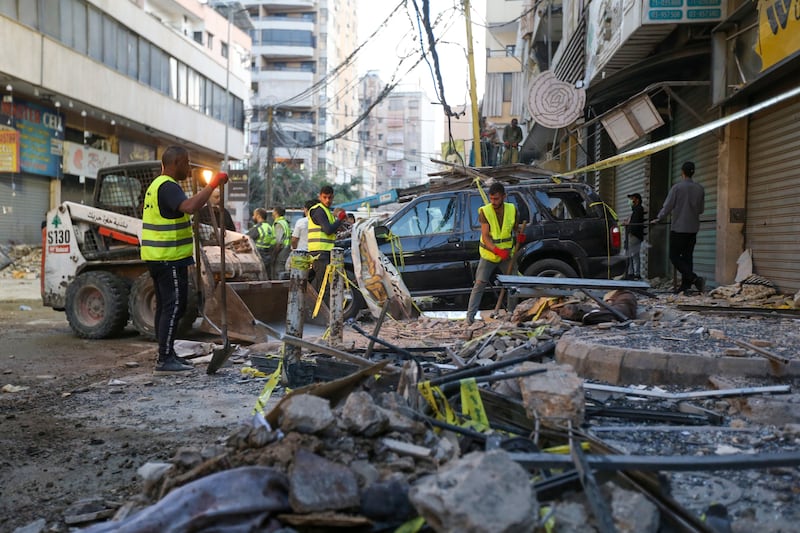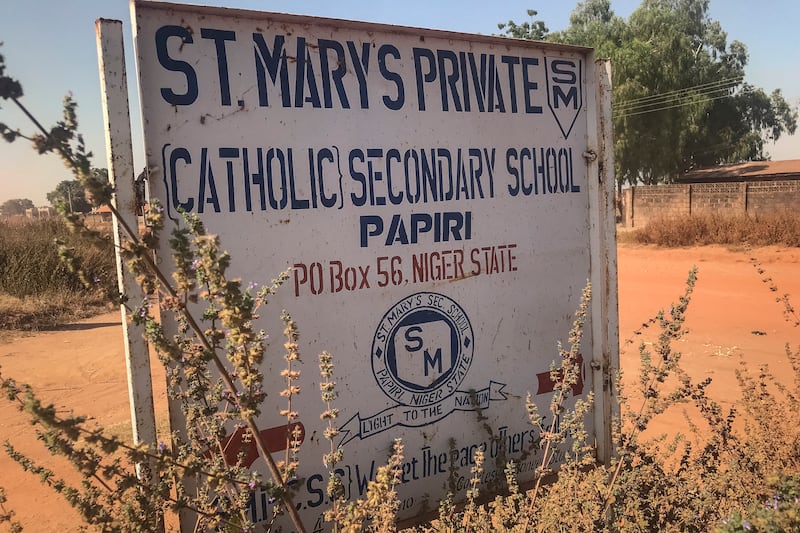De Vere’s catalogue for its November art sale certainly lives up to its title of Outstanding Irish Art.
Four Paul Henrys, a William Orpen and Roderic O'Conor worthy of museum status and a Jack B Yeats with links to his brother WB's poem The Stolen Child, are just some of the highlights among the 83 lots. The sale, which is online only with viewings daily at the gallery on Kildare Street in Dublin, is currently open and ends Tuesday, November 23rd.
For the cover Rory Guthrie, director of the house, has chosen After the Ball by one of the greatest war artists, Sir William Orpen.
In contrast to the death and decay that surrounded him capturing the anguish and agony of the first World War, the theme of this painting was lost on its viewers when it was first exhibited. It was the centrepiece of so-called British Art in Pittsburgh at the Carnegie International Exhibition and remained in the US until its current repatriation, according to art historian Professor Kenneth McConkey.
Carnival
Though first described as “bits of fun” and drawing the crowds, it may have been its size that first caught the attention of reviewers. In fact, what is on display inside its 5ft x 4ft frame is a post Carnival scene in Venice, where, in a moonlit courtyard after the ball, masked and costumed aristocrats are preparing for a night of assignations with a woman.
First established in 1296, to placate the peasants and to allow a time of debauchery to balance the forthcoming austerity of lent, Carnival allowed princes and paupers to mix under the veil of masks and costume, with religion, sex and social status concealed.
Inspired by Roman Saturnalia, the most transgressive of acts came at sunset, and far beyond orgies and adultery came criminality – often murder – taking advantage of anonymity the festival allowed.
Though it was stopped for two centuries – initially by Napoleon in 1797 – until 1967, Orpen would have been familiar with and fascinated by the eroticism through his friend Charles Conder, who had produced the lithographs Carnivale in 1905.
“This and the Roderic O’Conor pieces have great presence, as they were painted as showcase works for exhibition, and represent major works for these artists,” according to Guthrie, who has set an estimate of €140,000–€180,000 for what he terms the “National Gallery standard” of After the Ball.


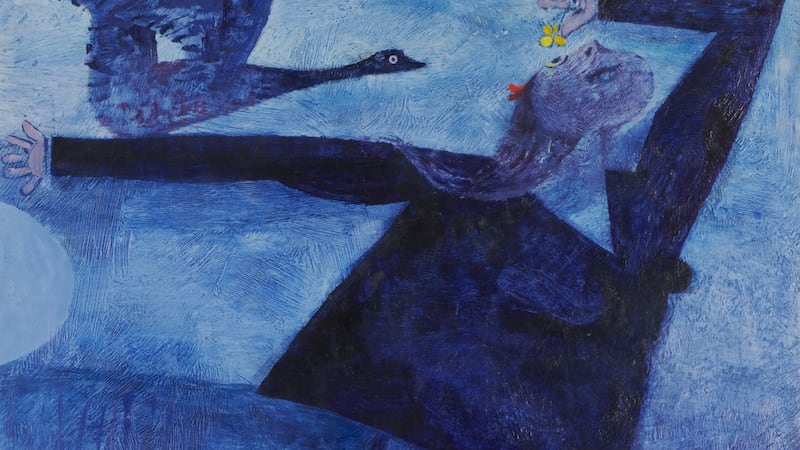
Fans of Paul Henry, who was commissioned by the newly-formed Irish State in the 1920s and 30s to help create a sense of identity and cultural history, have a choice of four works. Two large paintings "are as good as I have seen of Henry's work – especially for their size", says Guthrie of Lakeside Cottages and Fishing Boats, Dugort, both of which are listed at €200,000–€300,000.
Cottages, Connemara which is appearing on the market for the first time, and Winter Trees – of matted branches at close quarters – are seeking €80,000–€120,000 and €70,000–€100,000 respectively.
Glencar
The waterfall at Glencar in Sligo near the Yeats’ family home inspired WB Yeats’ poem The Stolen Child in which faeries beguile a child to run away with them: “From the wandering water gushes from the hills above Glen-Car, In pools among the rushes, that scarce could bathe a star”.
His brother Jack B Yeats also found the spot, known for wild garlic, rhododendron and overgrown woodland, inspiring and The Waterfall (€140,000 –€180,000) is one of several works by the artist to celebrate the location, and is "at one level, a witty portrayal of the tourist in search of sensory experiences", according to historian Dr Roisin Kennedy.
Nature Morte, from 1921 (€150,000–€250,000) is by Ireland's first and some say only, true impressionist painter – Roderic O'Conor – who lived in the art enclave Pont Aven in Brittany where he befriended Paul Gauguin and was instrumental in the discovery of Van Gogh's art in the 1890s.
Two stunning works by Hughie O'Donoghue also feature along with works by Gerard Dillon, John Shinnors, Mark Francis and Donald Teskey.
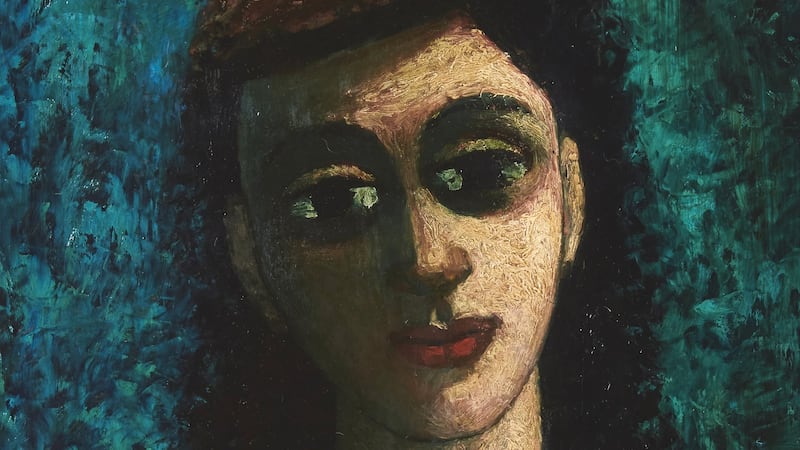
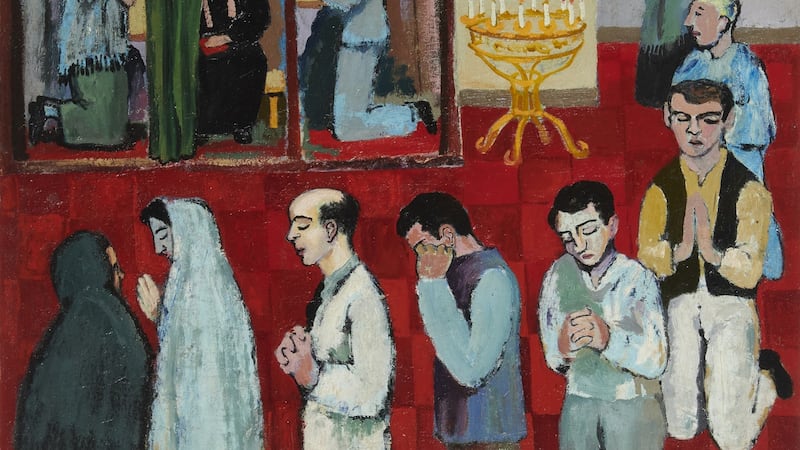
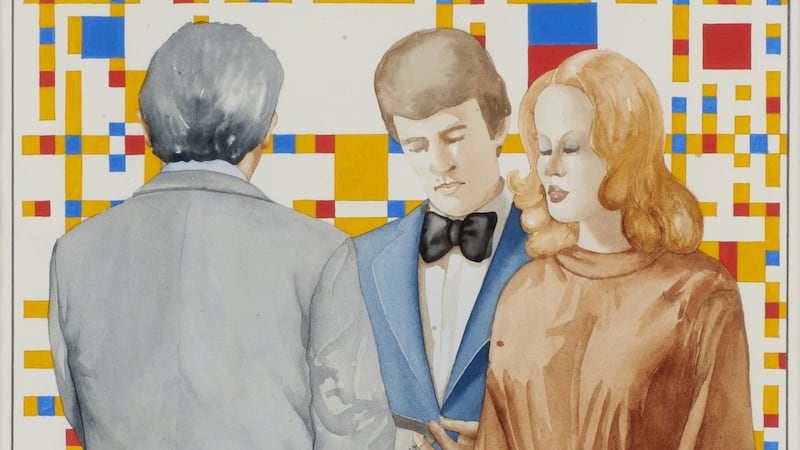
O'Donoghue's Medusa, which was part of a series made for the 2006 Galway Arts Festival, is based on Gericault's the Raft of Medusa in the Louvre. The French naval frigate floundered in 1816 and the majority of the crew perished, in a tragedy that became a national scandal (€18,000–€24,000).
Further tragedy is echoed in Raft, from 2007, based on the wreck of the Plassey on Inis Oirr, which ran aground in 1960 and is featured in the opening credits of the comedy series Father Ted.
Despite the painting having a dark almost haunting other-worldliness, all the crew survived as the islanders helped them to safety. It is a remarkably large piece and will require a huge wall to maximise its ethereal nature (€25,000–€35,000).














